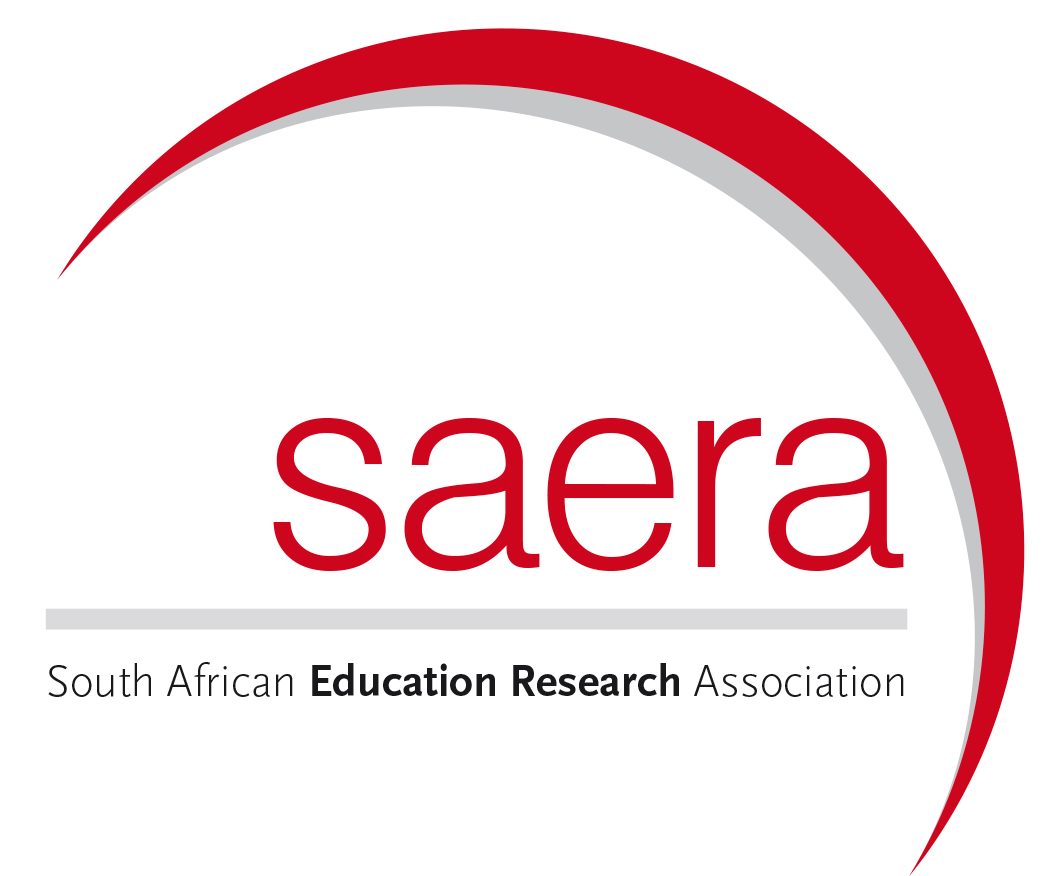Original Research
The role of institutional practice, non-educational actors and social networks in shaping refugee student lifeworlds in Ugandan higher education
Submitted: 10 January 2022 | Published: 26 July 2022
About the author(s)
Rovincer Najjuma, Department of Foundations and Curriculum Studies, College of Education and External Studies, Makerere University, Kampala, UgandaMichael Gallagher, Centre for Research in Digital Education, Moray House School of Education and Sport, Edinburgh University, Edinburgh, United Kingdom
Rebecca Nambi, Department of Foundations and Curriculum Studies, College of Education and External Studies, Makerere University, Kampala, Uganda
Abstract
Background: Participation in higher education can be empowering for refugees, yet this participation is contingent on a range of structures, practices and policies, many of which are not readily accessible.
Aim: Informed by Habermas’ lifeworlds, this study examined higher education meso-level institutional practices and how non-higher education actors support access and participation of refugee students.
Setting: This research was conducted with (1) refugee students in three private universities and one public university representing several regions in Uganda, (2) administrative staff from these same universities and (3) staff from non-higher education support organisations that help navigate universities for refugee students.
Methods: Data were generated through desk research identifying policy language, a survey and 25 semi-structured interviews with students and staff at universities and staff at support organisations.
Results: Institutional policy homogeneously frames refugee students as international students, which in turn has a cascading impact on the lifeworlds of these students. The first theme includes university policies and administrative practices which structure the lifeworlds of these students. The second is the role of non-higher education supporting organisations that focus on refugee support and education. The third theme describes how non-academic structures, such as clubs and social networks designed to meet the students’ social welfare, are contingent in structuring the lifeworlds of these students.
Conclusion: These themes interoperate and have a structuring effect on the lifeworlds of these students. The cascading impact of classifying refugee students as international students deserves further scrutiny, particularly in its impact on institutional and individual student patterns of participation.
Keywords
Metrics
Total abstract views: 2500Total article views: 2508
Crossref Citations
1. Bidi Bidi Creativity: The Liminality of Digital Inclusion for Refugees in Ugandan Higher Education
Michael Gallagher, Rovincer Najjuma, Rebecca Nambi
Social Inclusion vol: 11 issue: 3 year: 2023
doi: 10.17645/si.v11i3.6686
